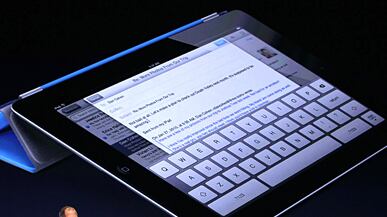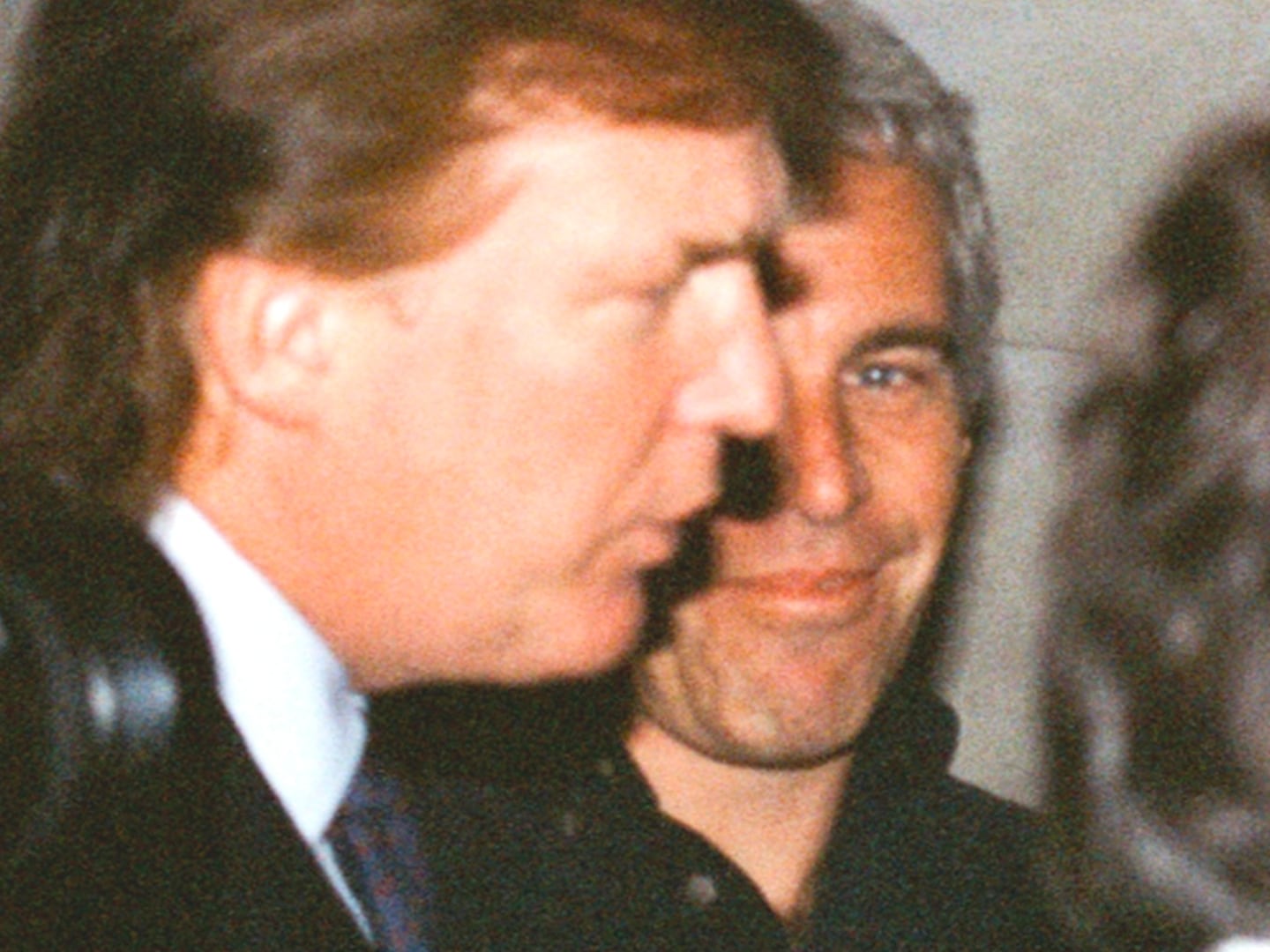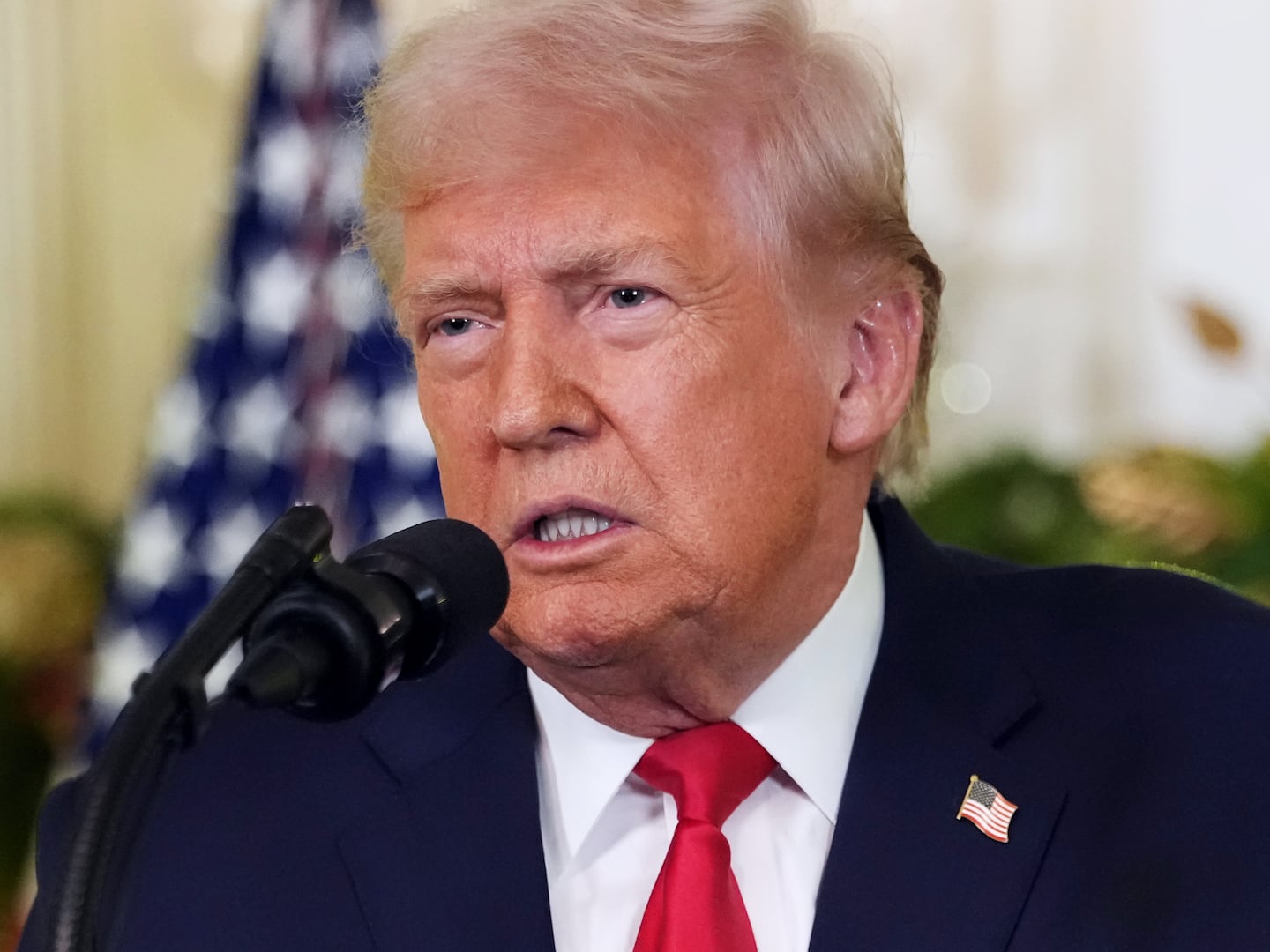While rivals are racing to churn out copies of Apple’s phenomenally successful iPad tablet computer, Apple is already leaping ahead with a new version of the device that features a slimmer design, two videocameras, built-in videoconferencing software, and faster performance, thanks to some speedy new chips.
The iPad 2, announced Wednesday at an event in San Francisco, ships March 11 and will cost $499 to $829, depending on configuration. It will be available in the U.S. on two carriers, Verizon and AT&T, and will come in two colors, black and white.

And it puts Apple, once again, way ahead of everyone else in this booming tablet computer market.
Perhaps more significant than the iPad 2 itself is the fact that Apple CEO Steve Jobs was on stage introducing it in person. Jobs has been on an indefinite medical leave since January, and rumors have circulated that he’s suffering from a recurrence of the cancer with which he’s struggled since 2004.
Jobs, who received a standing ovation from reporters and others in the audience, did not discuss details of his health. But his appearance had symbolic importance and seemed to indicate that he’s doing better than some had feared.
The new iPad 2 is not only thinner than its predecessor—at a mere 8.8 millimeters, it’s even thinner than the iPhone 4—but it’s also shed some weight, now tipping the scales at 1.3 pounds. The original iPad weighed in at 1.5 pounds.
Apple also introduced colorful new covers for the iPad. They’re thin sheets that attach via magnets. Snap one onto your iPad, and it puts the device to sleep. Snap it off, and the iPad wakes up again.
Jobs called the iPad “Apple’s third post-PC blockbuster”—the iPod and iPhone were first and second—and said the company had sold 15 million iPads last year in just nine months, generating $9.5 billion in revenue.
The new device isn’t radically different from the original—it’s more like an evolutionary step. Still, it’s enough to keep Apple in the lead.
Apple claims the iPad has 90 percent market share. The device has been such a hit that it has spawned a huge ecosystem of third-party applications to run on the device. As a sign of just how far ahead Apple is in this space, Jobs said 65,000 apps have been written for iPad, versus only 100 for Google’s rival tablet operating system platform, Honeycomb.
In recent months rival hardware makers have been producing tablets that run Google’s software. Samsung’s Galaxy Tab has been a modest success. Motorola’s Xoom, which just shipped, is a nice device but costs more than the iPad, and nobody has been standing in line to get one.
Now Apple is leaping ahead before those rivals can even get close. The iPad 2 comes with a speedy new dual-core processor that’s twice as fast as its predecessor and nine times faster at handling graphics, Apple says. Better yet, the speedy chip doesn’t gobble battery life—the new iPad 2 runs 10 hours on a charge, just like the original.
Apple also introduced new software for the iPad 2. There’s iMovie software for editing video clips, and GarageBand software that features virtual instruments, from guitar to drums to keyboards. Both programs cost only five bucks.
Possibly the most attractive feature for regular folks is Apple’s FaceTime videoconferencing software. That program has already been available on the iPhone and iPod Touch, and hasn’t been a huge hit. But the iPad is the perfect platform for FaceTime. It means you can buy an iPad for the grandparents and, presto, now they can check in and see the grandkids without having to learn any complicated techie stuff.
Another cool feature is that you can zip movies and music from your home computer to your iPad wirelessly, over a WiFi network. Until now users have had to physically connect the iPad to the computer and transfer files over a wire.
The new device isn’t radically different from the original. It’s more of an evolutionary step. Still, it’s enough to keep Apple in the lead.
And the introduction gave Apple an opportunity for Jobs to show up on stage and reassure the Apple faithful that he’s still alive and well. That, more than anything else, may have been the real reason for the event.
Dan Lyons is technology editor at Newsweek and the creator of Fake Steve Jobs, the persona behind the notorious tech blog, The Secret Diary of Steve Jobs. Before joining Newsweek, Lyons spent 10 years at Forbes.





